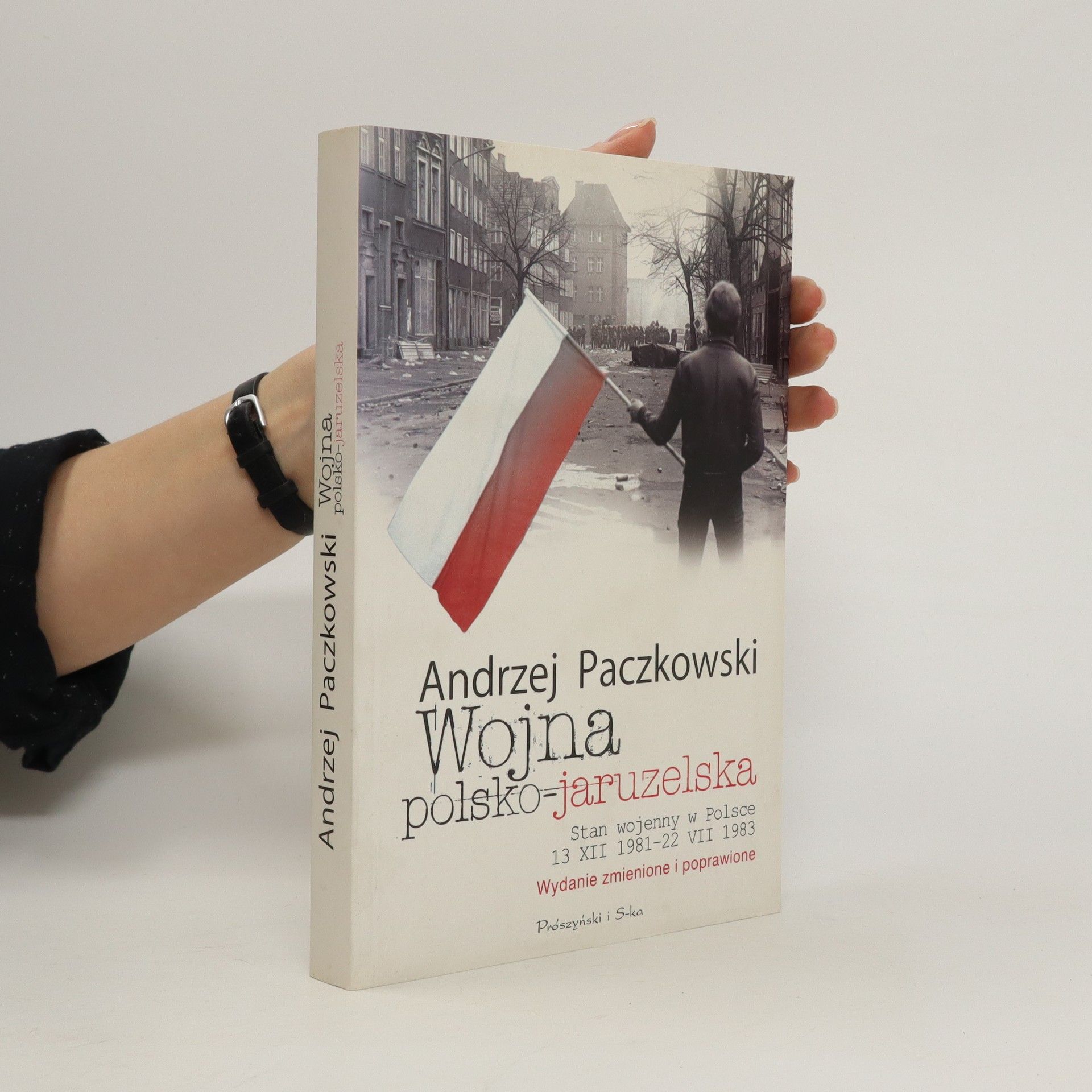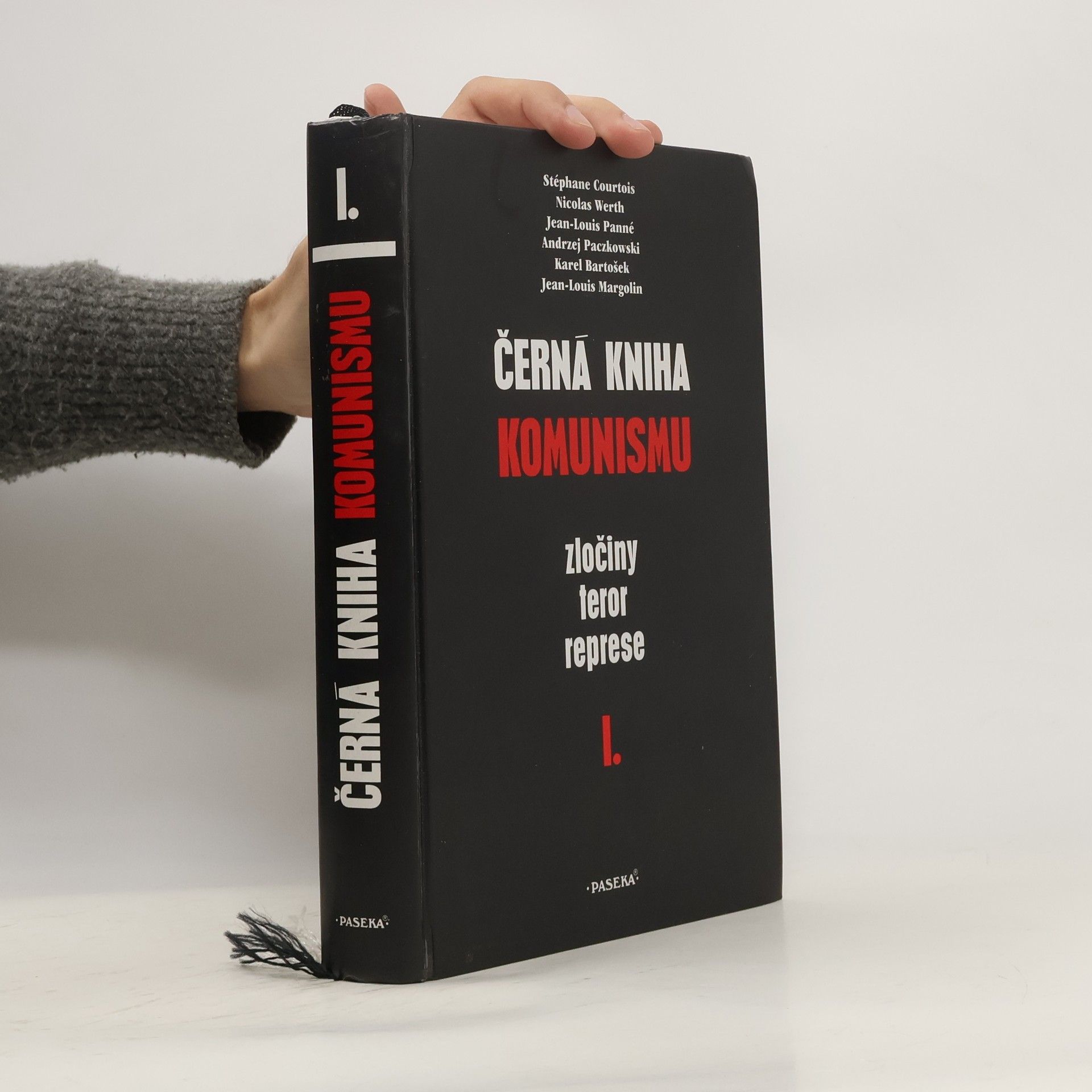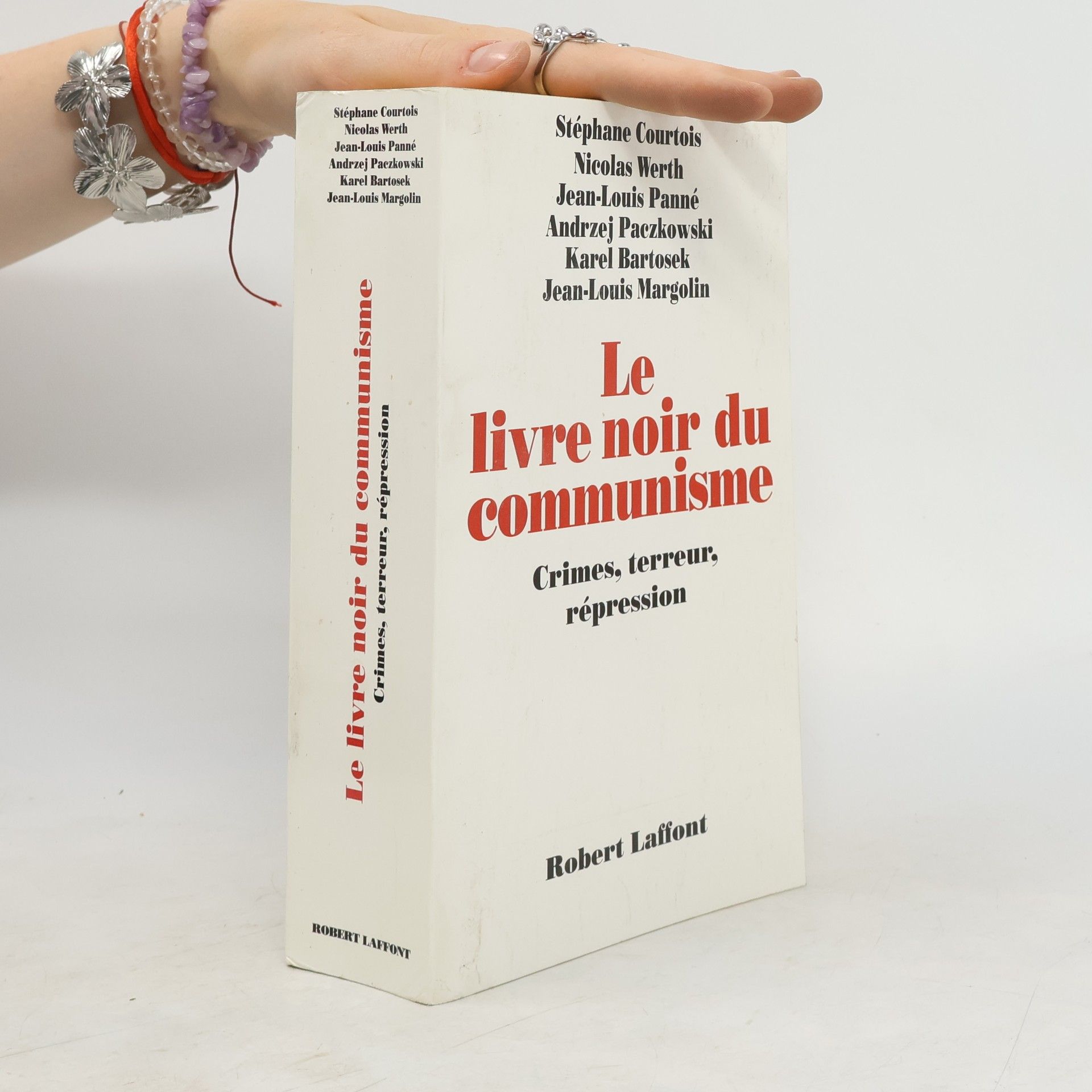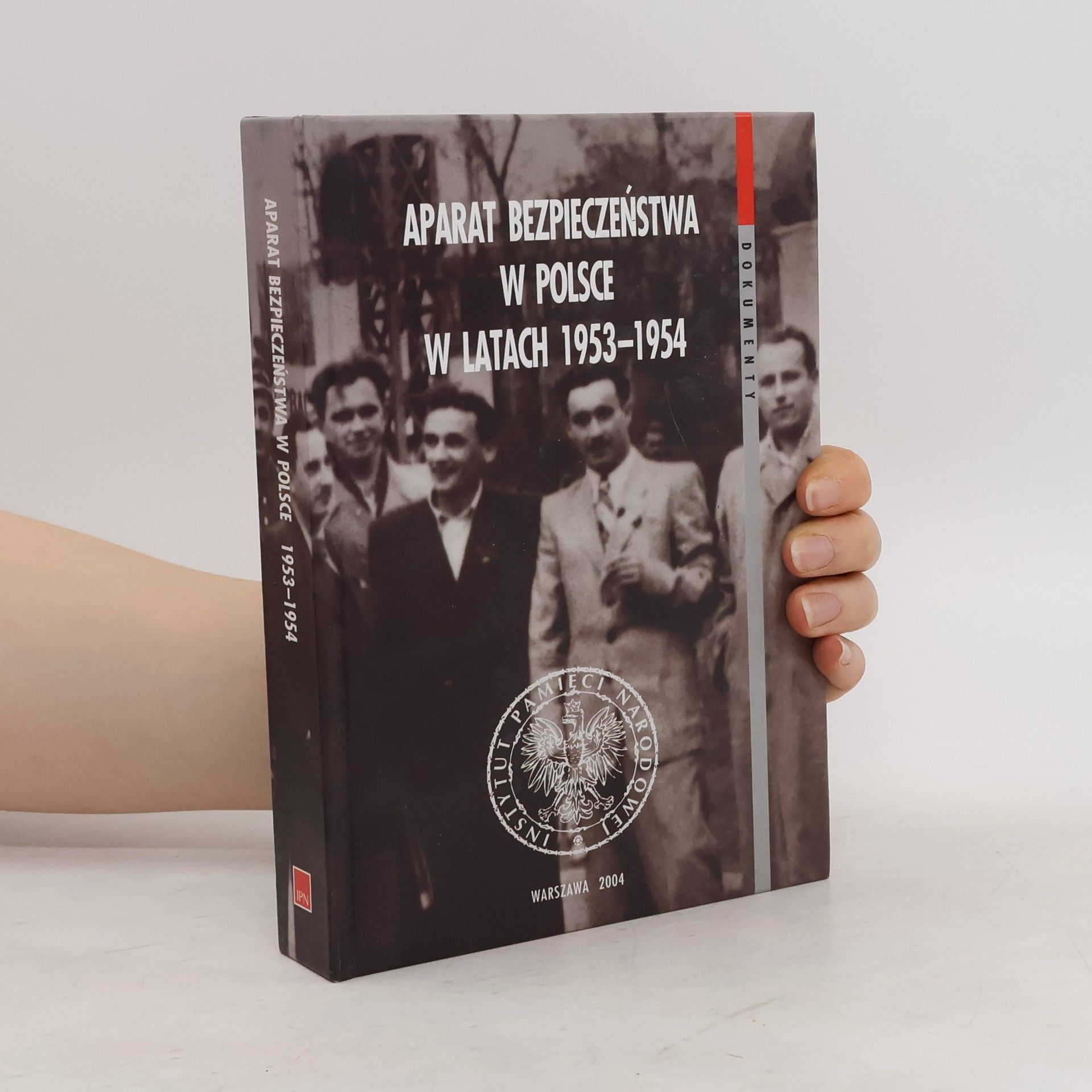Aus dem Franz. von Irmela Arnsperger ... Sonderausgabe 1999 987, [32] S. : Ill. ; 23 cm gebundene Ausgabe, Hardcover, Lesebändchen, ohne OSU Buch sehr gut u. sauber, themenbezogener Zeitungsartikel beiliegend
Andrzej Paczkowski Bücher







Tatry
- 53 Seiten
- 2 Lesestunden
Jedno z nejlepších děl o nejnovějších polských dějinách. Autor se dopodrobna zabývá všemi hlavními silami, které tyto dějiny utvářely: podzemním i domácím odbojem za války, komunistickou stranou, která se po válce chopila moci, církví, která v polské společnosti představuje neobyčejně mocnou sílu, i postupně zničenou a znovu se rodící opozicí, jejímž vyvrcholením se v osmdesátých letech stala legendární Solidarita. Kniha však nepředstavuje jen dějiny politické, podstatné místo v ní mají i údaje o vývoji ekonomiky, jež se za komunistické vlády nemohla vymanit z bludného kruhu plánovaného řízení, a také informace o proměnlivých možnostech kultury, jejíž vrcholní autoři se po nastolení výjimečného stavu uchýlili takřka vesměs do "druhého oběhu", fungujícího mimo cenzuru.... celý text
Stan wojenny, który generał Wojciech Jaruzelski ogłosił wczesnym rankiem 13 grudnia 1981 r., trwał formalnie przez ponad półtora roku, ale faktycznie ciągnął się kilka lat. Był drastyczną próbą złamania „solidarnościowej” rewolucji, próbą, która ostatecznie się nie powiodła. Niniejsze opracowanie, najpełniejsze w tej tematyce, oparte jest na tysiącach dokumentów archiwalnych – polskich, sowieckich i amerykańskich – setkach wspomnień i relacji oraz bardzo już obszernej literaturze. Autor stara się opisać mechanizm przygotowań i przebieg stanu wojennego, biorąc pod uwagę działania z jednej strony napastnika, czyli władz PRL i ich moskiewskiego patrona, z drugiej zaś „Solidarności” będącej ofiarą agresji. Uwzględnia także reakcje całego społeczeństwa oraz aspekty międzynarodowe. W nieco odmiennej wersji książka ta ukazała się w Stanach Zjednoczonych, a jeden z amerykańskich recenzentów uznał, że autor udowodnił, iż „nie tylko zna historię, ale też ją czuje”.
Dla trojga rodzeństwa nastają ciężkie czasy. Kiedy ich ojciec umiera, okazuje się, że spadek, ogromny majątek, otrzymuje nieznana nikomu Barbara Tryźnianka. Rozsierdzone rodzeństwo postanawia za wszelką cenę odnaleźć tajemniczą kobietę.Jednakże o Barbarze Tryźniance nikt nigdy nie słyszał i nikt jej nigdy nie widział. Jakby zapadła się pod nią ziemia. Kim jest kobieta wskazana przez ojca na wykonawczynię testamentu? Jak ją odnaleźć? I czy kobieta zwróci to, co jej się, według innych, nie należy? Dlaczego też ojciec przekazał majątek obcej kobiecie? Na te i wiele innych pytań znajdzie czytelnik odpowiedzi w tej porywającej powieści.
Wojna polsko-jaruzelska
- 311 Seiten
- 11 Lesestunden
Byłem czynnym świadkiem wydarzeń, które w tej książce opisuję, do dziś czuję więź emocjonalną z tym, co działo się podczas "karnawału 1980-1981”, przerwanego wybuchem "wojny polsko-jaruzelskiej” i z ludźmi, z którymi się wówczas spotykałem. Jest to sytuacja wygodna, gdyż pamiętam atmosferę, która zwykle nie pozostawia śladu w dokumentach. Ale jednocześnie dla historyka kryją się za tym liczne pułapki. Starałem się przebrnąć drogę między Scyllą profesjonalnych zasad i standardów a Charybdą moich przekonań i wspomnień. Osądźcie Państwo sami, czy przebyłem ją cało. Andrzej Paczkowski
Bestseller věnovaný komunismu, jeho historii a zločinům.
When it was first published in France in 1997, Le livre noir du Communisme touched off a storm of controversy that continues to rage today. Even some of his contributors shied away from chief editor Stéphane Courtois's conclusion that Communism, in all its many forms, was morally no better than Nazism; the two totalitarian systems, Courtois argued, were far better at killing than at governing, as the world learned to its sorrow. Communism did kill, Courtois and his fellow historians demonstrate, with ruthless efficiency: 25 million in Russia during the Bolshevik and Stalinist eras, perhaps 65 million in China under the eyes of Mao Zedong, 2 million in Cambodia, millions more Africa, Eastern Europe, and Latin America--an astonishingly high toll of victims. This freely expressed penchant for homicide, Courtois maintains, was no accident, but an integral trait of a philosophy, and a practical politics, that promised to erase class distinctions by erasing classes and the living humans that populated them. Courtois and his contributors document Communism's crimes in numbing detail, moving from country to country, revolution to revolution. The figures they offer will likely provoke argument, if not among cliometricians then among the ideologically inclined. So, too, will Courtois's suggestion that those who hold Lenin, Trotsky, and Ho Chi Minh in anything other than contempt are dupes, witting or not, of a murderous school of thought--one that, while in retreat around the world, still has many adherents. A thought-provoking work of history and social criticism, The Black Book of Communism fully merits the broadest possible readership and discussion. --Gregory McNamee



